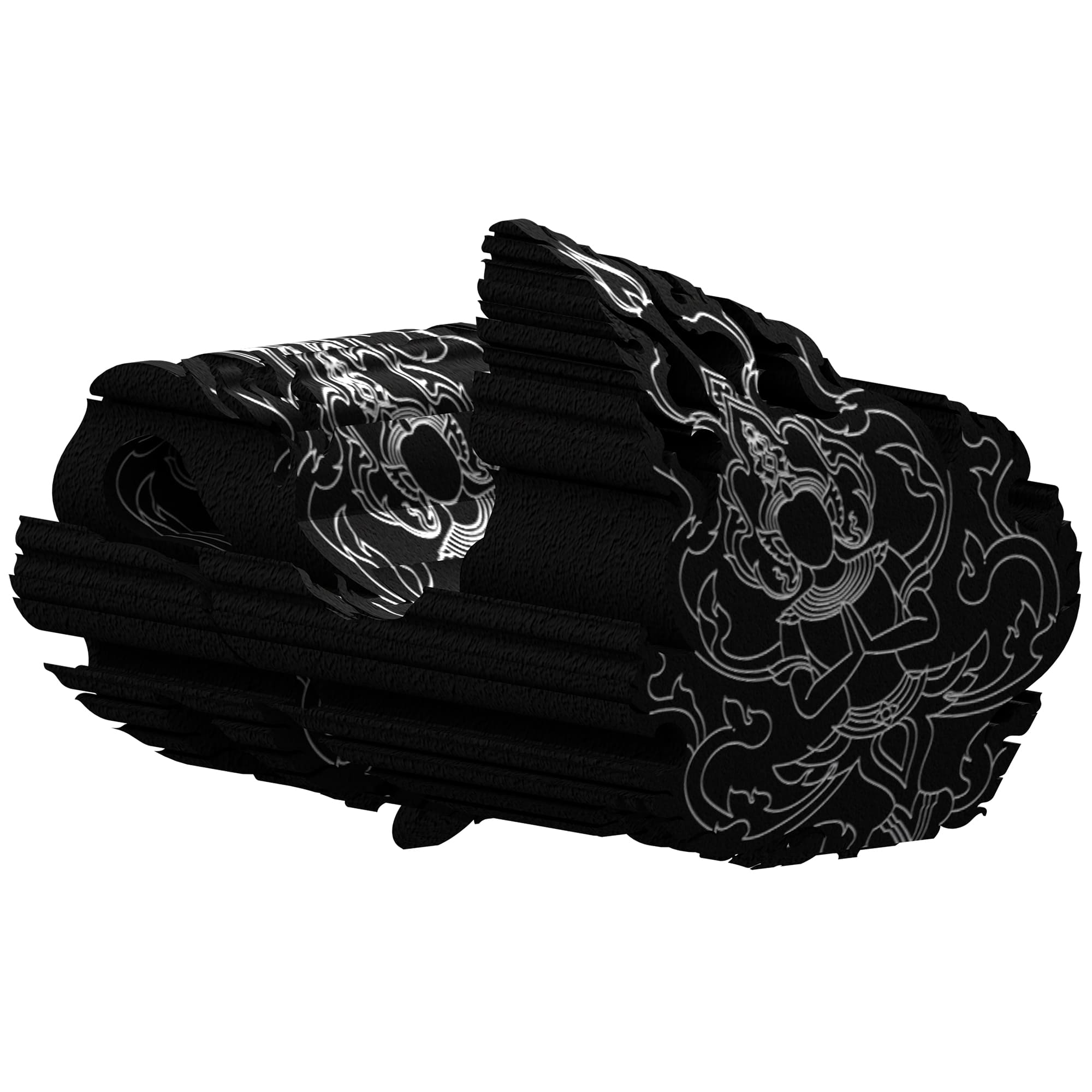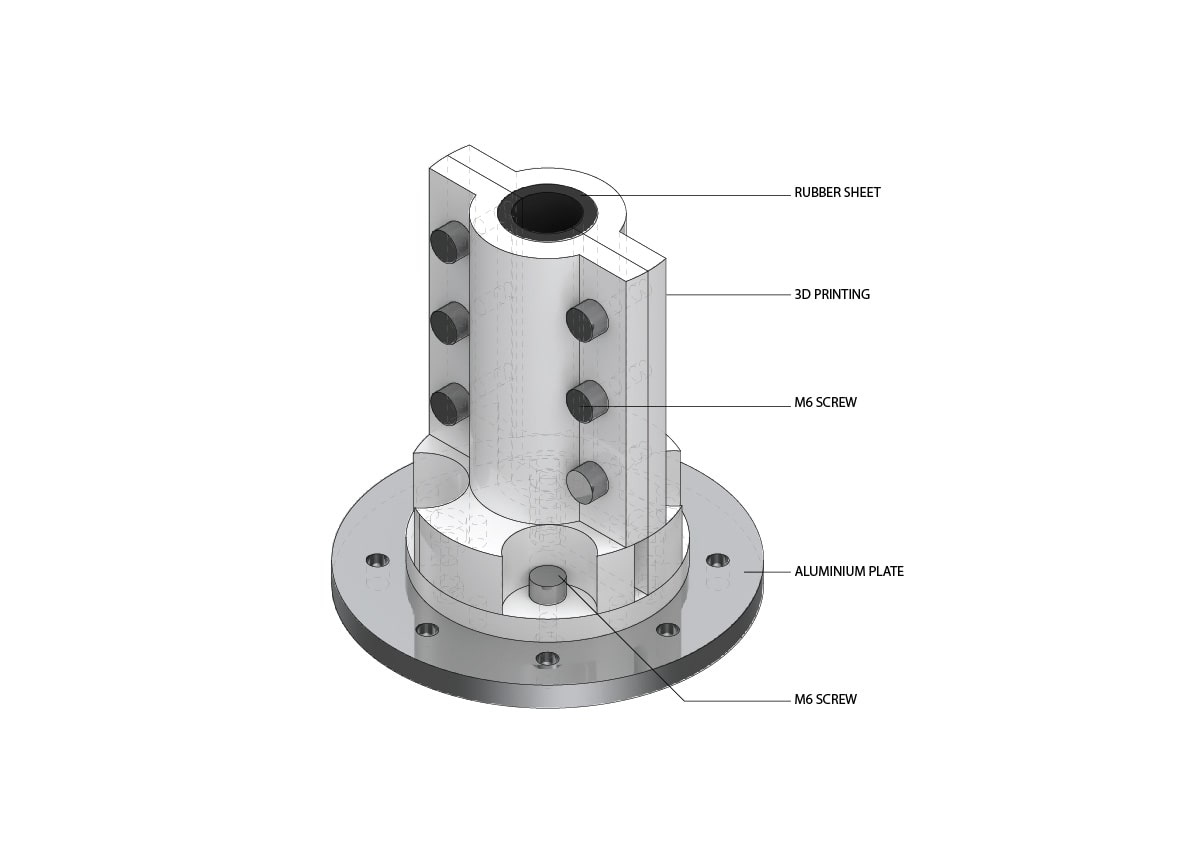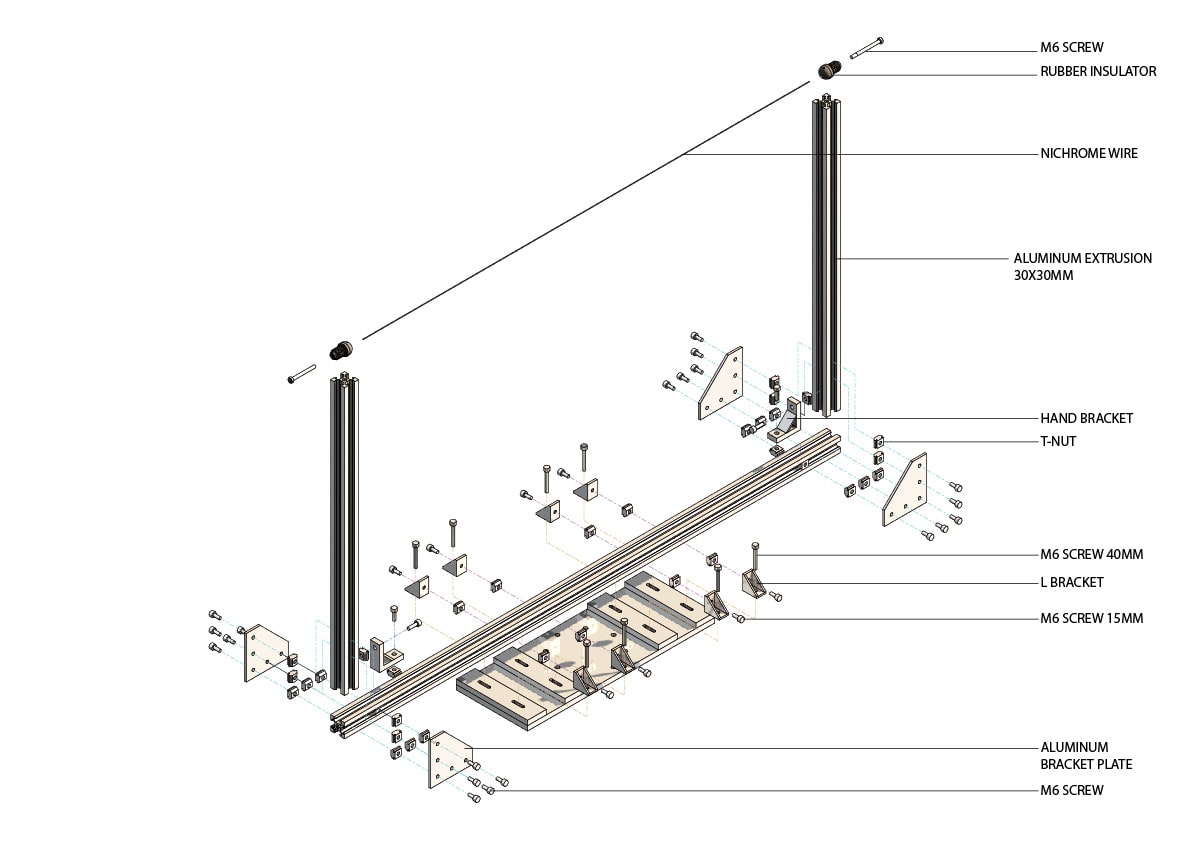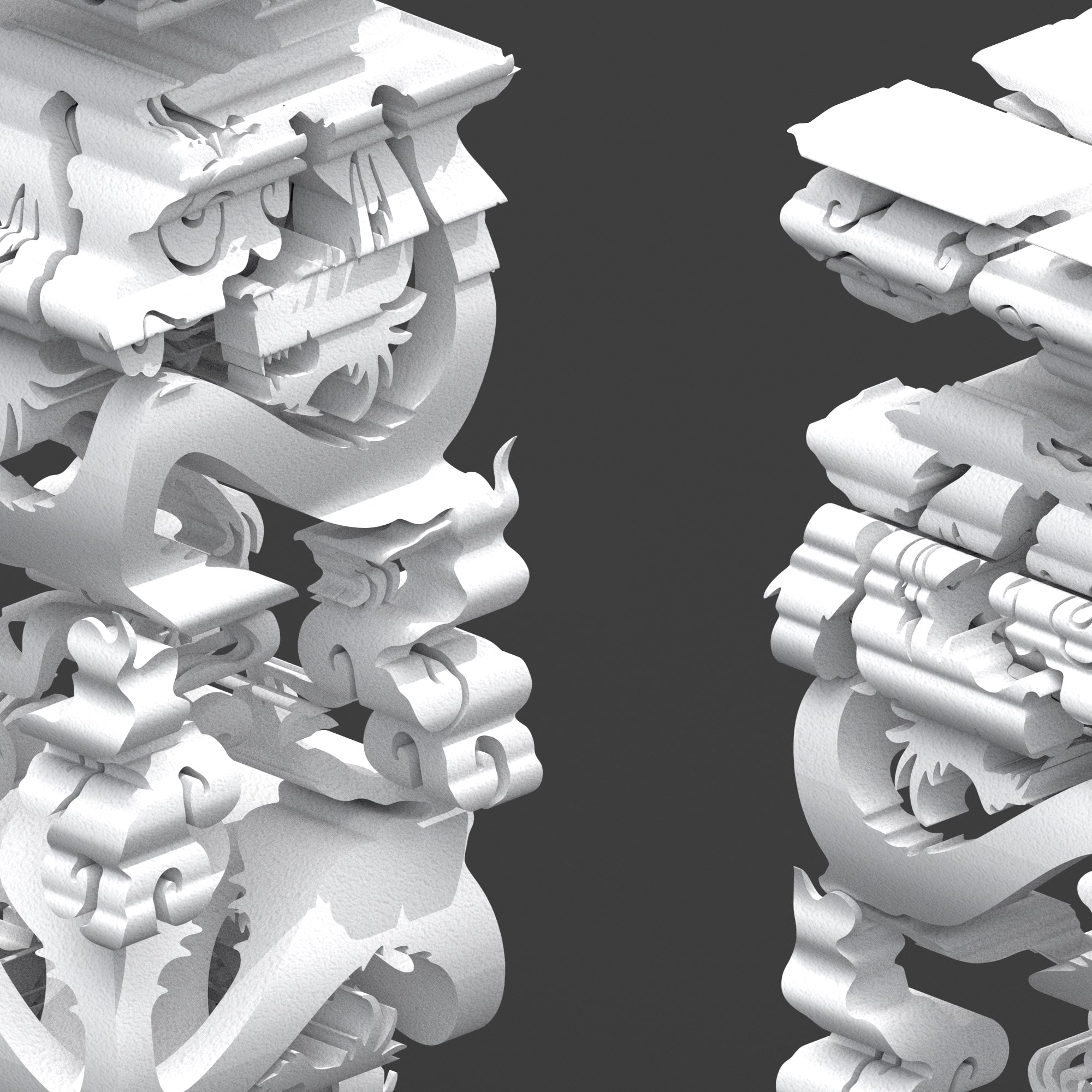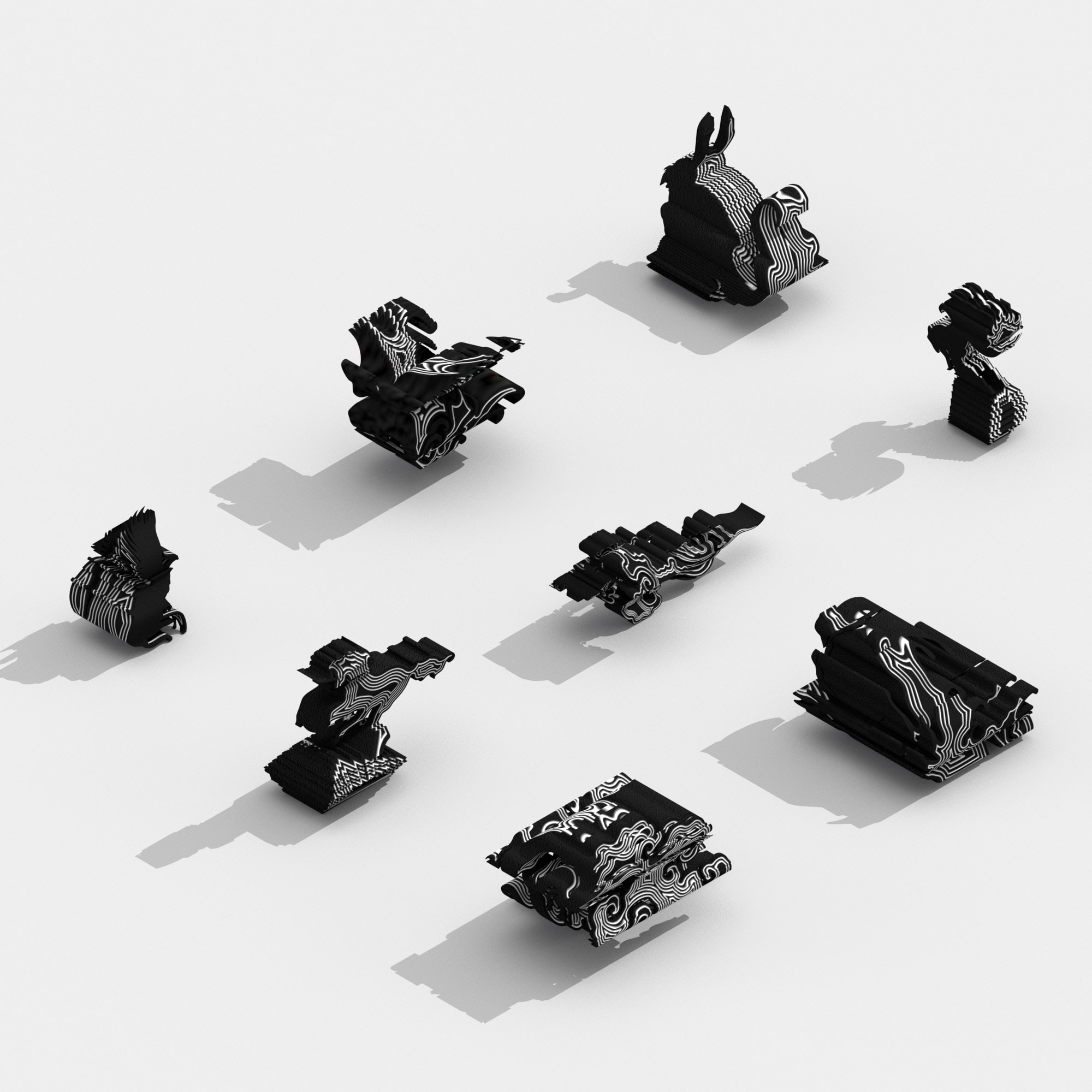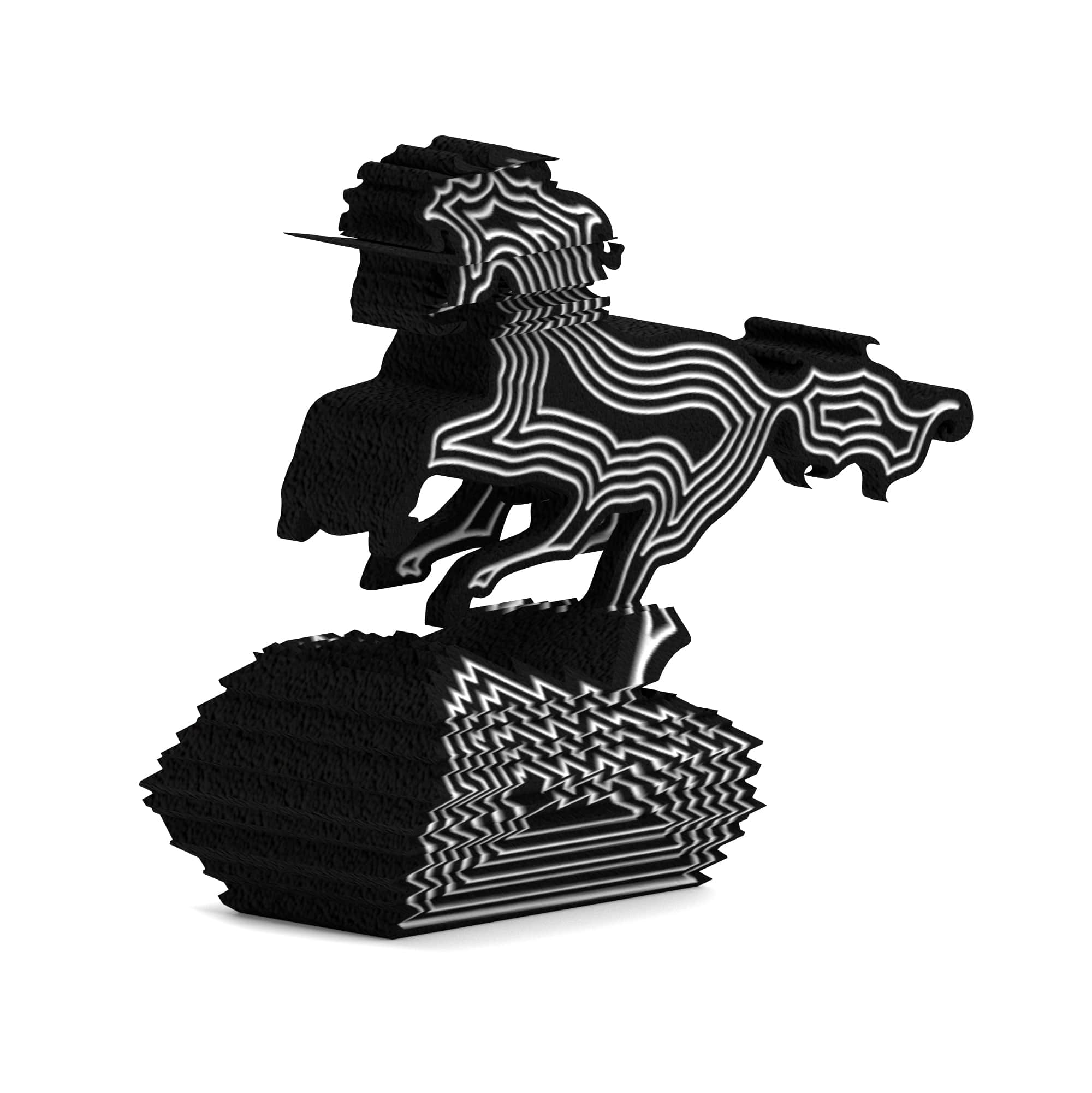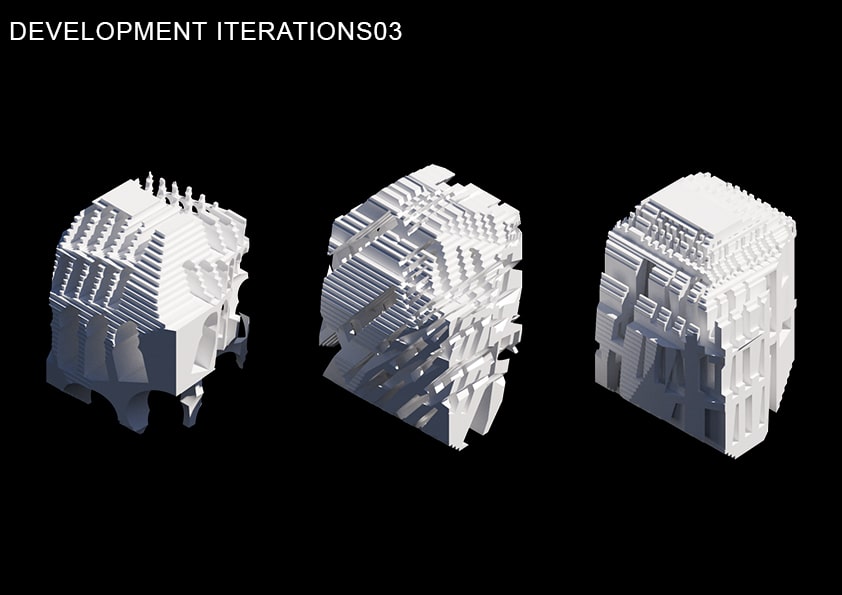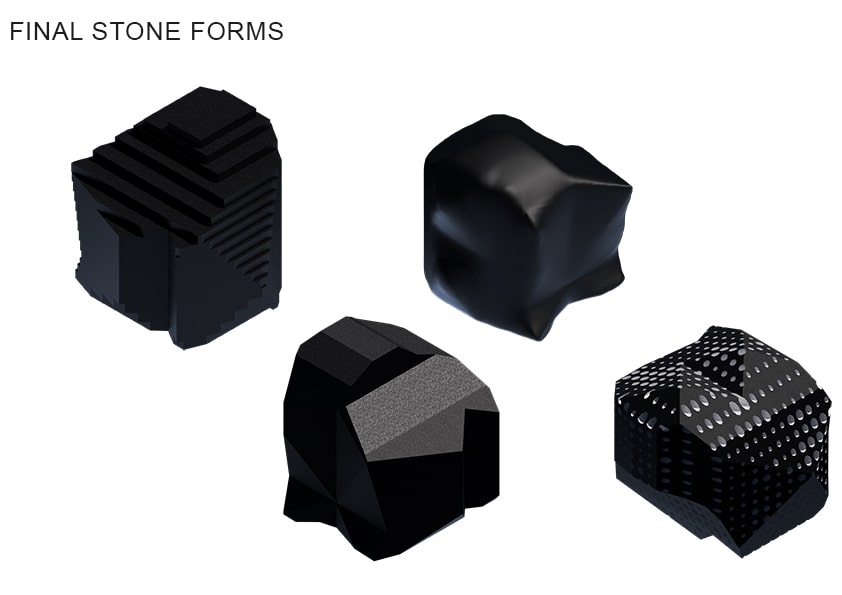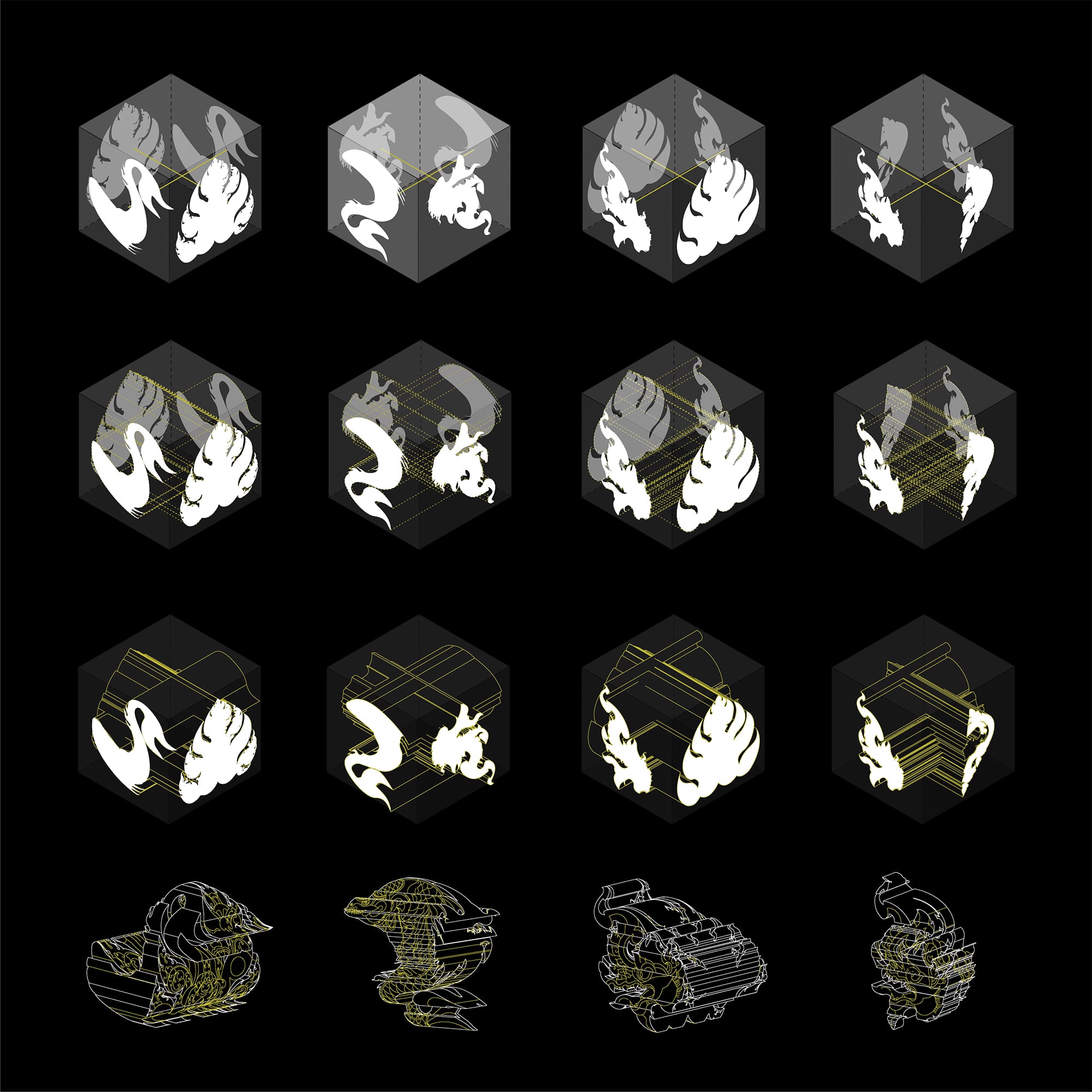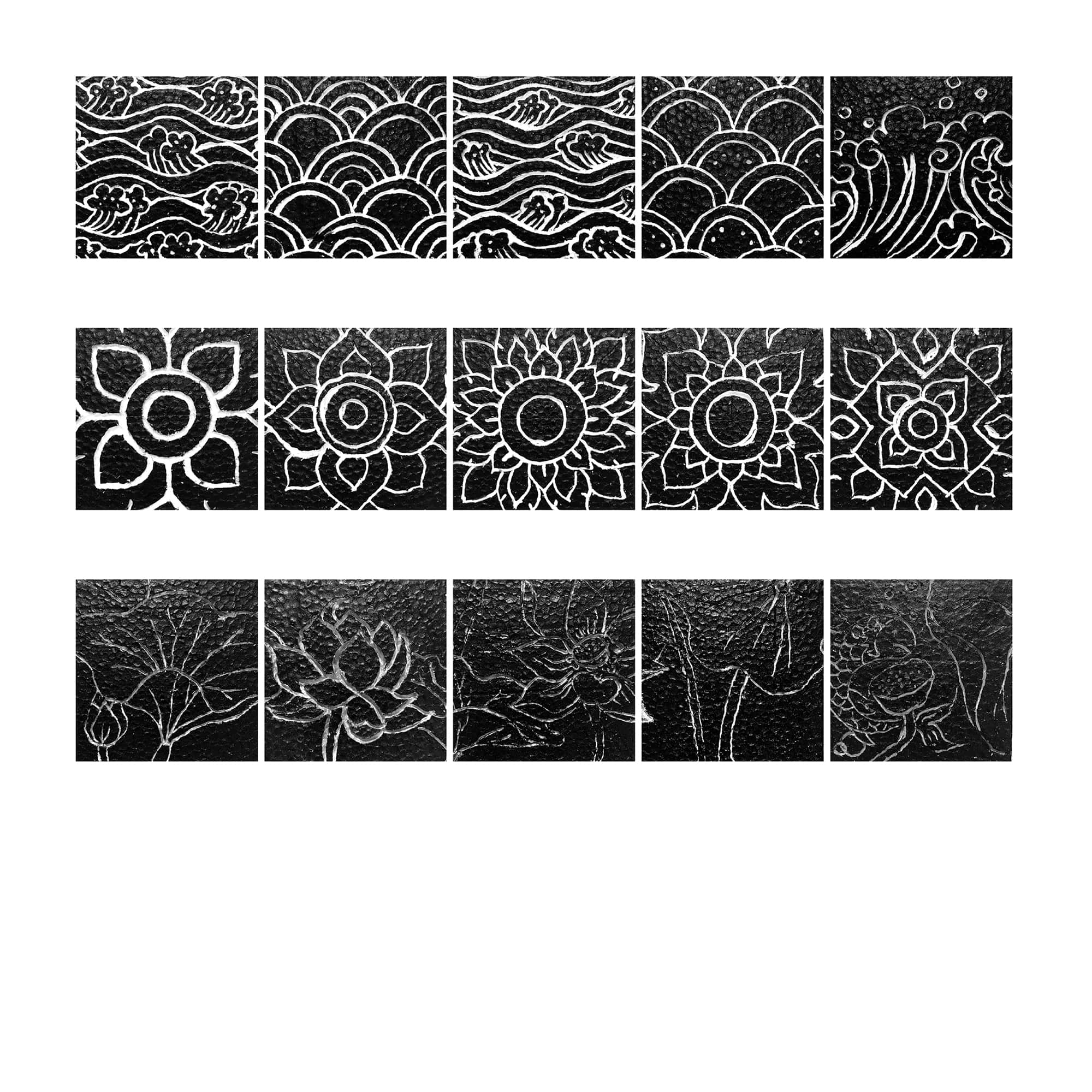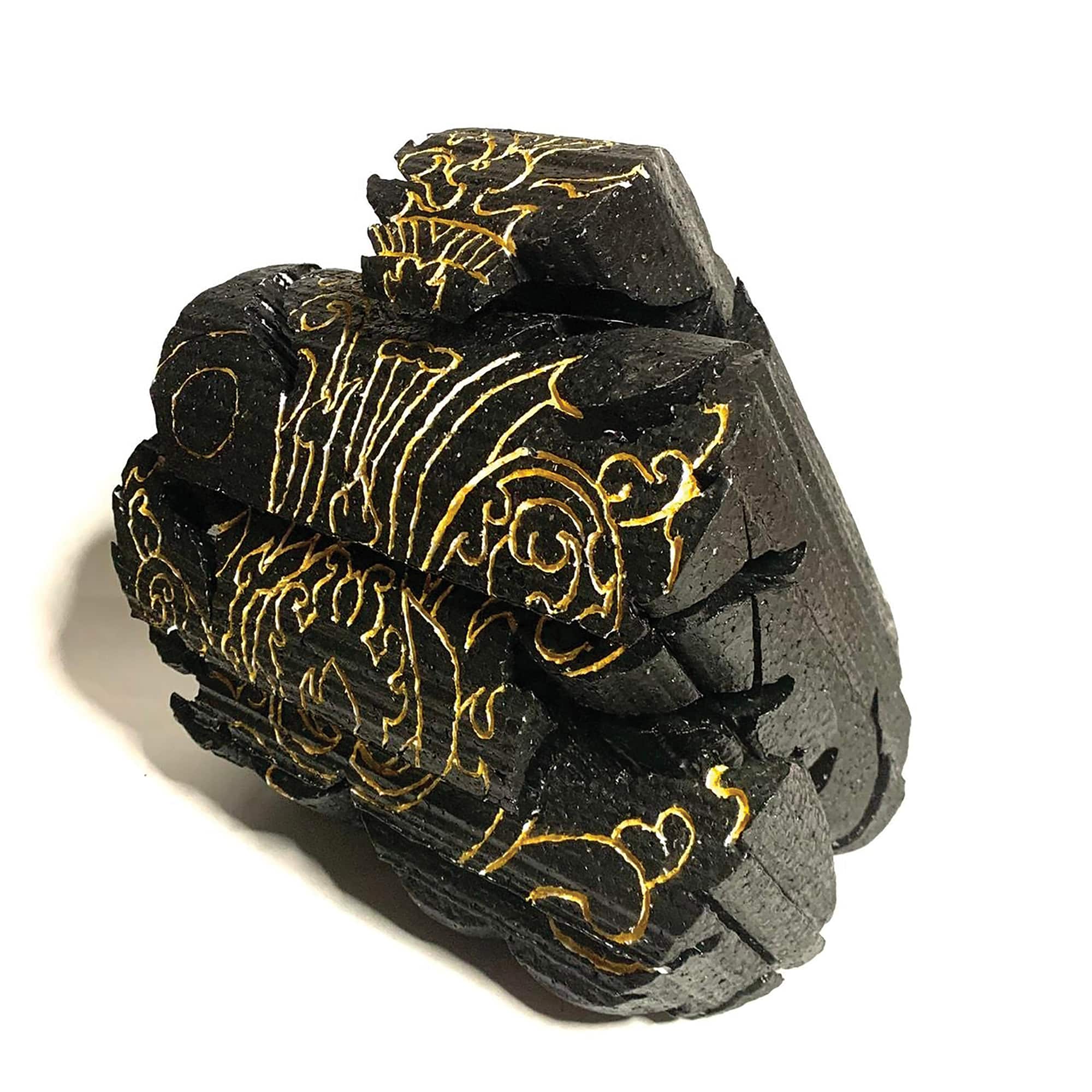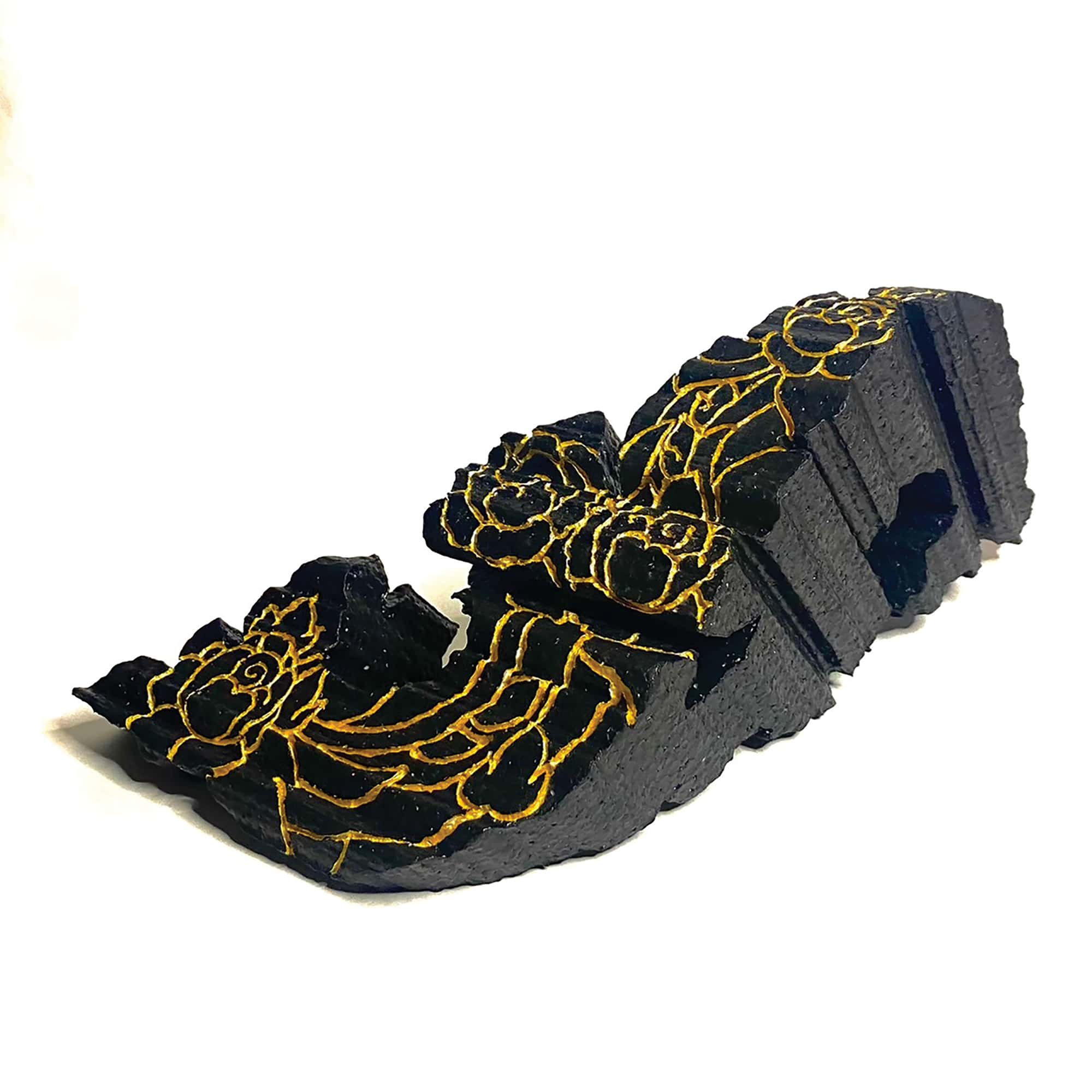The aim for this project is to interrogate the interrelationships between machine tools, machine instruction, material behavior, and geometry, more specifically developing machine fabrication interfaces that target foam as a material. Most plastics are liquids that are molded or formed into surfaces. Foam, however, is ‘cast’ in the form of blocks that are later cut or milled into shape with computer-controlled machines. Though lightweight, foam is solid and brittle rather than thin and flexible in its nature. It favors mass and void relationships rather than surfaces. In fact, a piece of white high-density foam sculpted by a hot wire may have a material sensibility that is closer to chiseled stone than to a typical consumer product made from plastic. Foam, though technically a plastic, seems to have a lot in common with the most archaic of materials in architecture. Like stone, foam can be processed to adopt visual qualities from other materials. It can indeed be shaped to look massive and chunky, like stonework, but also soft and supple, like the draping in a baroque marble sculpture. The design investigation will focus on developing machine logics that draw inspiration from the projective geometries, the poché, and its relationship to mass and void to create architectural details, seating, or wall mounted shelving systems.

Hseng Tai Lintner
Notice: Undefined index: collaborators in /var/www/vhosts/www.inda.arch.chula.ac.th/httpdocs/experimental-projects/wp-content/themes/tailwindtheme/theme/single-project.php on line 111
Kantapim Buabool
Nitchakarn Bunjongsiri
Janenita Chaimongkoltrakul
Khanapot Chaiprem
Patcharaporn Ekpinijpittaya
Peerada Jantapaluek
Chayanut Laoratthaphong
Adam Mallamphut
Sarai Paruhatsanon
Nawarat Piriyothaisakul
Pisit Puwatputtawisai
Nutnicha Sirorattanakul
Wiput Vitayarueangdej
Related Projects:
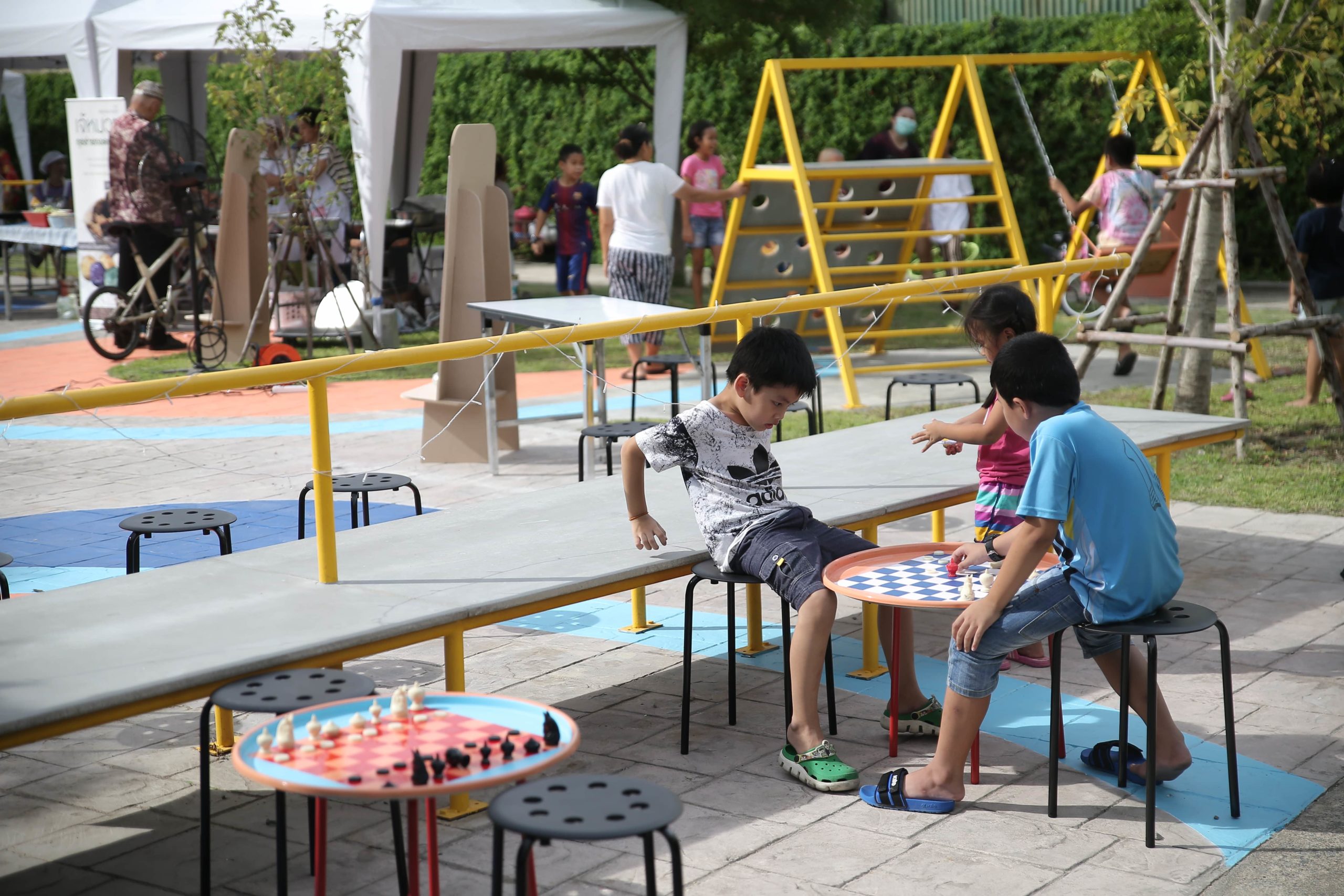
Ephemeral Events
This design-build project focused on the production of a single pop-up event held in the Nang Loeng district. Students became both designers and organizers, curating a public event and the infrastructure needed to support that event, such as urban furniture, market stalls, public amenities, and artist installations. During the development of the project, students conducted a series of community engagement meetings and mapping workshops, understanding the identity and values embedded in the neighborhood. Taking on the role of festival organizers, the students independently coordinated the design and promotion of media content, met with the district office and police to establish site permissions, and prepared the site for all of its potential infrastructural needs. Throughout the month-long process, students worked directly with community leaders, market vendors, arts and crafts specialists, and local cultural hubs to curate a series of interactive workshops, where the public was invited to learn about the identity of Nang Loeng through participatory events. These workshops included desserts made from banana leaves, sewing methods with Ban Narasilp, dancing workshops with Khon performers and ballroom instructors, Thai chess instructions with local champions, and other food-related crafts. During the opening, the public was invited to participate in a live “memory wall” where responses to a series of questions on the past, present, and future of Nang Loeng were displayed for collective reflection.

Indigenous Rangers
This program aims to design and build a new eco-tourism facility for an indigenous ranger community at the upper Nakhon Si Thammarat Mountain Range (NSTR). Over the past few years, INDA has developed intimate relationships with multiple national parks and local communities in the area. Within a protected tropical montane cloud forest (TMCF) lies a distinctive ecosystem known for its biological diversity, endemic species, and endangered wildlife. Under exceptionally humid marine and equatorial conditions, Sanyen (Tai Rom Yen National Park) is one of the largest TMCFs in Thailand. Tai Rom Yen National Park and Khao Luang National Park are working with local communities on an interdisciplinary and participatory approach to develop eco-tourism, educate people about conservation, and implement public awareness programs. Trail networks, exhibition spaces, camping facilities, and an information center must be re-conceptualized under new design frameworks.
